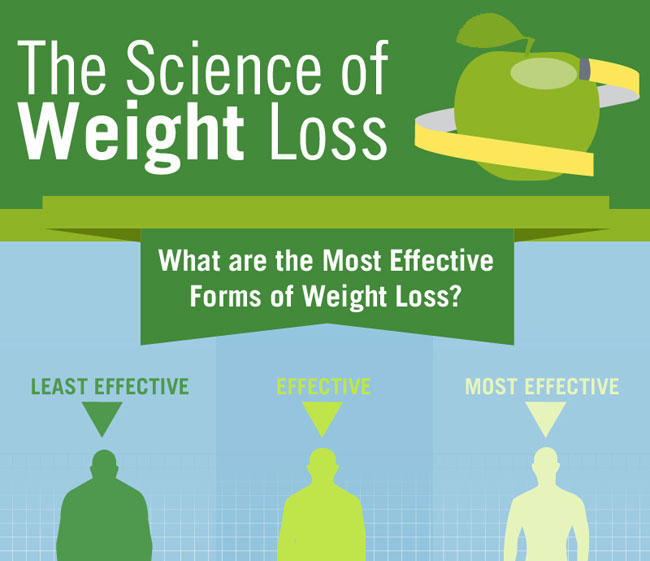Cold laser therapy is a non-invasive, pain-free treatment that helps in reducing inflammation and improves cell regrowth. It is a safe choice to intrusive procedures and commonly has immediate results.
Laser photons launch a chain reaction of chain reactions within the cell that decrease pain, swelling, and speed up healing. It boosts blood circulation to the location by inducing vasodilation.
What to Anticipate
Cold laser therapy is a non-invasive therapy that uses low-level laser light to permeate deep right into hurt cells, setting off cell feature on several degrees to promote cells healing. This helps in reducing discomfort and inflammation, while advertising muscle contractions and regrowth.
During a session, you'll sit or relax conveniently and the expert will note the areas on your body that requirement to be dealt with. The specialist after that applies a little portable device with the laser to the location. Throughout the treatment, you might really feel a small prickling or warmth in the area of your injury.
Prior to beginning treatment, it is necessary to clean up the location of your injury and remove any type of precious jewelry or other items that can get in the way of the laser's path. It's additionally essential to prevent any kind of flammable materials that could be in the location of the laser light beam. This will ensure your safety and security and the effectiveness of the treatment.
Prep work
Cold laser treatment works by radiating light externally of your skin. The light is soaked up by the top layer of your skin and after that boosts the cells to generate energy that promotes recovery.
Throughout the therapy, you may feel a cozy or prickling sensation in the area that is being treated. This is totally regular, though you should let the professional recognize if the experience is uncomfortable or as well solid.
This treatment has a great deal of promise for helping clients with distressing mind injury (TBI). The therapy is non-invasive and doesn't have any unfavorable adverse effects. Nonetheless, even more study is needed to determine the ideal treatment procedure. The most effective means to figure out if you are a candidate for this type of therapy is to speak with a qualified physiotherapist. They will certainly have the ability to aid you establish if cool laser treatment is right for you.
The Therapy
As soon as the practitioner has properly positioned you for treatment, they will then put the cold laser device on the injured area. They may keep it on for 30 secs or longer, depending on the dimension of the injury and its level of sensitivity. They will certainly make use of safety safety glasses to make certain that the laser does not straight strike the eyes, and they will certainly make certain that you are shielded from any kind of glow that might happen.
You may feel a small tingling sensation on the area that is being treated, yet it will certainly not be unpleasant or agonizing. This is an indication that the laser is working to promote the healing process in the affected cells.
The majority of people experience discomfort alleviation within a couple of sessions, with some seeing long lasting results even after numerous months of treatments. It is essential to note that LLLT is not suggested as a single treatment for any kind of persistent pain condition and it should be coupled with other healing techniques in order to accomplish optimal results.
Post-Treatment
After you relax or sit, the expert will make use of a wand with a series of light-emitting diodes to target your pain website. You will wear protective eye goggles, and the laser may be hung on your skin for 30 to 60 seconds. You might feel a gentle, soothing feeling during the therapy.
The photons from the laser permeate deep right into your cells, setting off a healing feedback on a mobile level. Unlike other kinds of laser treatment, this low-intensity method does not develop warm.
Some studies have actually revealed that cold laser treatment works in treating a variety of problems, including persistent pain and stress relief wounds. Nonetheless, it is less widely approved as a conventional medical technique, and it isn't covered by lots of health insurance strategies. Furthermore, it is not recommended to be made use of over any dubious malignant lesions or cancers or on pregnant females. You ought to always talk to your oncologist before seeking this type of therapy.
